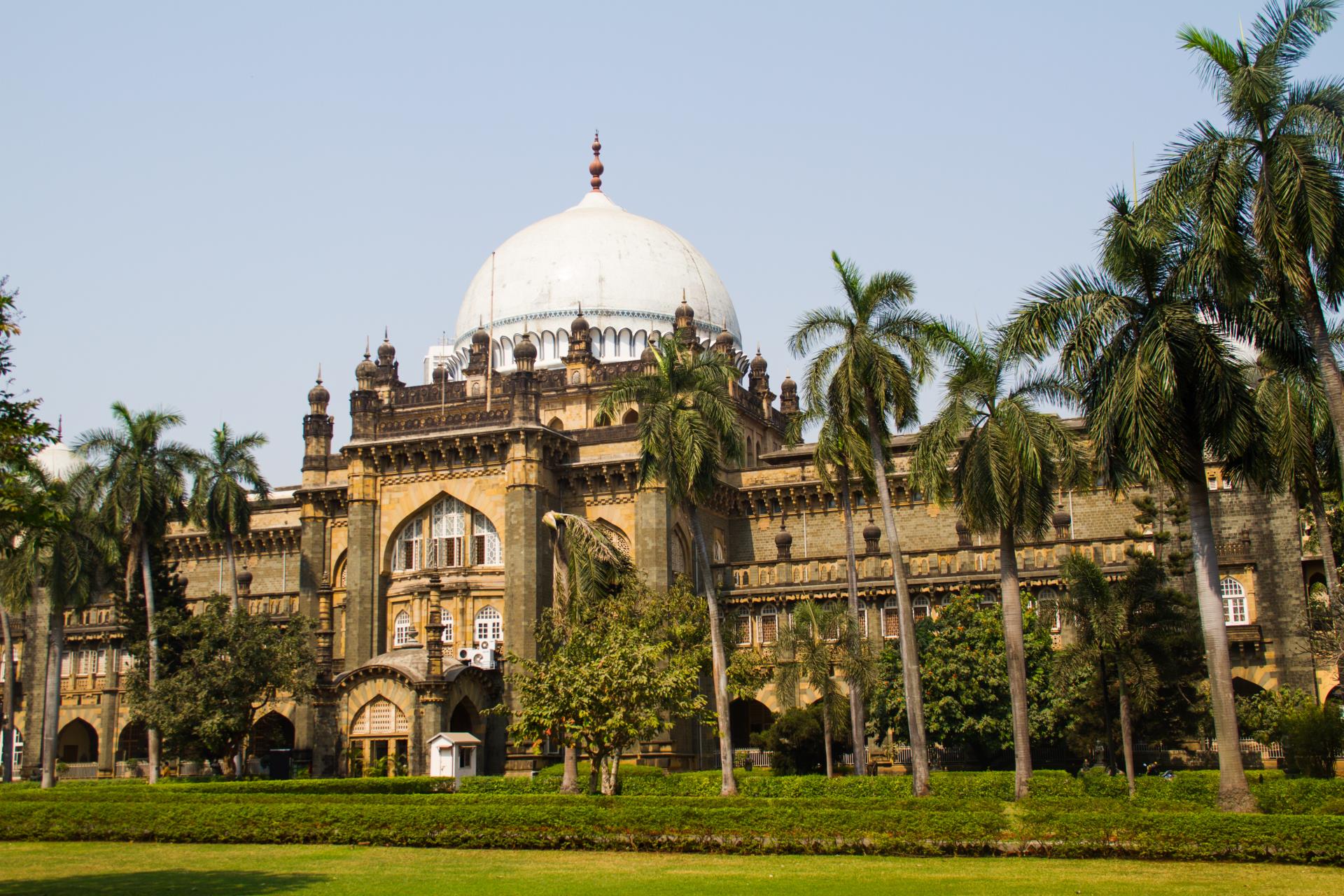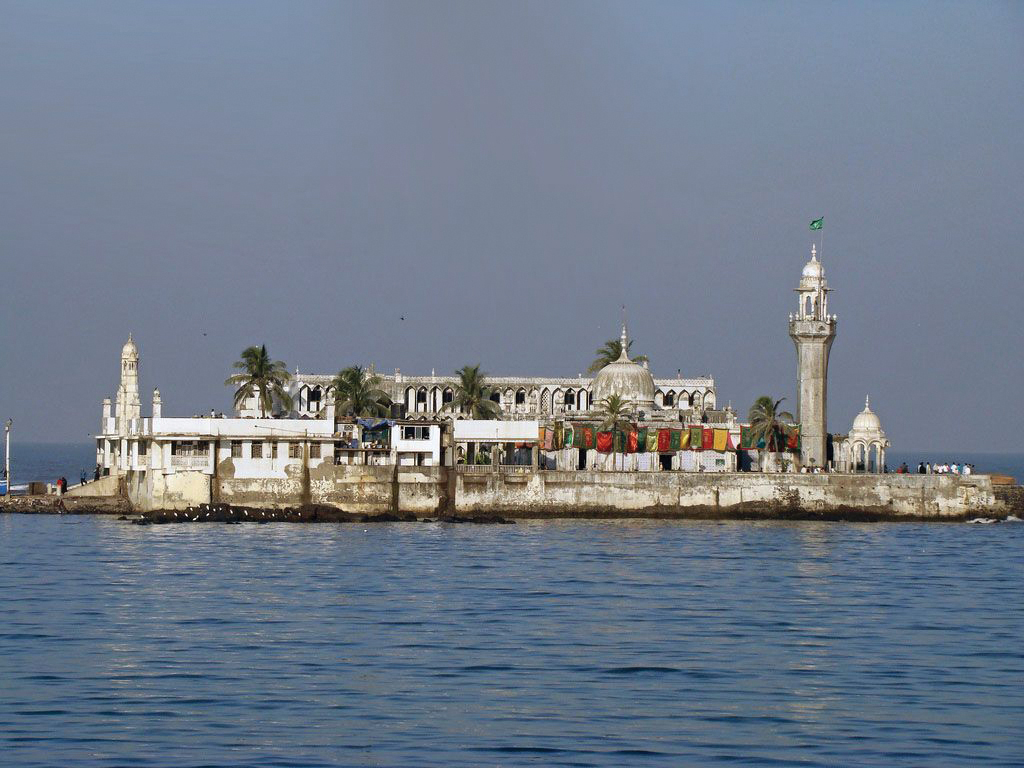
Sorry, we couldn't find anything that matches your search.
Destination

Famous Places to Explore in Hyderabad
A vibrant city with the imposing...

Raipur Tourist Places | Best Place to Visit
The stronghold of several erstwhile...

Ahmedabad
Declared as India's first UNESCO World...
#
Bhelpuri
A fast-food savoury snack made from puffed rice, onions, tomatoes, cucumber and tangy tamarind sauce, it is mostly available as chaat (savoury snack) at the beachside eateries and the alleys of Mumbai and relished by locals and visitors alike. Legend has it that chaat was first made in the kitchens of Mughal emperor Shah Jahan when his doctor advised him to eat light and spicy foods.
While the exact origins of bhel puri are unknown, many believe that it was brought to Mumbai by a Gujarati migrant. There is an interesting tale associated with this scrumptious snack. It says that during British rule in India, a famous chef, William Harold, was sent to help with the meal preparations for the troops. Since he was so good, he was soon promoted to the cook of a high-ranking official. It so happened that the officer ordered Harold to make him a local recipe and he learnt how to make bhel puri, which was made of puffed rice and potatoes. It so impressed the soldiers that the officer asked Harold to look for more local recipes. It is said that the chef could not find any more recipes and when he told his officer that he would be eating french fries that night, the officer was so enraged that he shot Harold in the head.

Seafood specialities
Mumbai is a coastal city with a long history of fish trade as the city's natives were kolis or fishermen. For this reason, seafood is an essential culinary item that forms an important part of Mumbai cuisine. Some of the main seafood items offered in Mumbai include fish koliwada, tisriya masala, prawn tikki, fish thali, chanok fish fry, bangda tikhale, surmai fish curry etc. One main dish to try in Mumbai is the bombil fish fry or Bombay duck, which is actually a fish found aplenty in the waters around the city. It is crunchy on the outside and succulent on the inside. To prepare this, the fish is first flattened, then dipped in a batter of gram flour enriched with spices, and finally fried. It can be eaten as a meal in itself or can be served with rotis (Indian flatbread).

Pav bhaji
This Maharashtrian delicacy is served in almost all big hotels and roadside eateries, and has a savoury taste. It is a thick vegetable curry made from seasonal vegetables, potatoes, tomatoes and onions served with pav, which is bread roll topped with butter. It is best served hot. The word 'pav' comes from the Portuguese word for bread and 'bhaji' in Marathi means a vegetable dish.
Pav Bhaji is said to have originated in the state of Maharashtra as a midnight meal for textile workers in the 1850s. As the story goes, since the mill workers worked late into the night, their wives would feel annoyed when they got home and asked for dinner. Thus, to make a filling meal, they started collecting leftover bread and mixing all the vegetables and mashing them. This was a rough version of the delectable pav bhaji that is relished today.

Pani puri
Pani puri is a common street snack in several cities of India. It is made from flour, which is fried into puffed balls, and then filled with spiced cumin and mint water, onions, potatoes and chickpeas. This delicious snack has a legend associated with it and it is said that the recipe of the dish dates back to the Mahabharata era. As the story goes, when Draupadi married the five Pandava brothers, in order to test her household skills, their mother Kunti, gave her all the vegetables in the house along with a little dough to make a meal for the family. Then, Draupadi made a dish very similar to the pani puri that we eat today.

Vada pav
Colloquially known as vada pav, it is a type of Indian burger that is made from boiled potato stuffing dipped in gram flour batter and deep fried then served on a bun or a bread slice. It is relished by locals and tourists alike and is considered soul-food by Mumbaikars. It is believed to have been invented by Ashok Vaidya in 1966, who opened a small stall serving this snack, opposite to the Dadar train station. Thousands of workers often looking for a quick and cheap snack would flock to his stall. Soon, vada pav became a hit with not just workers but most people of the city. Today, every street corner of Mumbai has a vendor selling vada pav.









